Introduction
Sesame seeds, those tiny, unassuming kernels, have been a culinary staple for millennia, prized for their nutty flavor, crunchy texture, and remarkable versatility. From garnishing sushi rolls to enriching baked goods and even serving as a base for creamy tahini, these seeds pack a punch in both taste and nutrition. Yet, the true magic of sesame seeds lies in the transformation that occurs when they are roasted—a process that elevates their natural essence, unlocking depths of flavor that raw seeds cannot match. Roasting sesame seeds is an alchemy of heat and timing, a delicate dance that requires patience and precision. This article delves into the science and craft of roasting sesame seeds, exploring methods, tips, and tricks to achieve that coveted golden hue and aromatic richness. Whether you’re a seasoned chef or a curious home cook, mastering this technique will open doors to a world of culinary possibilities.
Chapter 1: Understanding Sesame Seeds
Before diving into the roasting process, it’s essential to appreciate the star ingredient. Sesame seeds (Sesamum indicum) come in various hues, including white, black, and brown, each with subtle flavor differences. White sesame seeds, the most common variety, boast a mild, slightly sweet taste, while black sesame seeds offer a bolder, almost smoky flavor. Regardless of the type, all sesame seeds share a high oil content, which contributes to their rapid roasting time and susceptibility to burning.
Nutritional Profile
Sesame seeds are nutritional powerhouses, rich in:
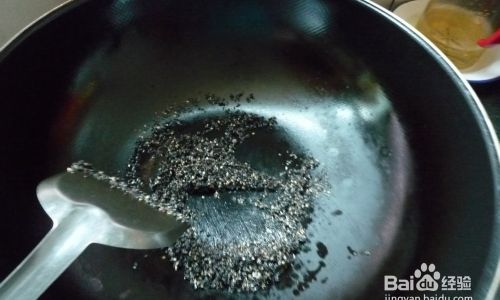
- Healthy Fats: Primarily polyunsaturated and monounsaturated fats, which support heart health.
- Protein: A significant source of plant-based protein.
- Fiber: Aids in digestion and promotes satiety.
- Minerals: Calcium, magnesium, iron, and zinc.
- Antioxidants: Such as sesamol and sesamin, known for their anti-inflammatory properties.
Roasting enhances the bioavailability of these nutrients, making the seeds not just delicious but also more nutritionally potent.
Chapter 2: Preparing for Roasting
1 Selecting Quality Seeds
The journey to perfectly roasted sesame seeds begins with sourcing high-quality kernels. Look for:
- Freshness: Opt for seeds sold in airtight packaging or bulk bins with high turnover.
- Color and Aroma: Fresh seeds should have a vibrant color (white, black, or brown) and a mild, nutty scent.
- Texture: Avoid seeds that appear damp, clumped, or discolored, as these may be stale or rancid.
2 Pre-Roasting Rituals
While sesame seeds can be roasted directly, some chefs prefer a brief rinse to remove debris. If you choose this step:
- Rinse Gently: Place seeds in a fine-mesh strainer and rinse under cool water.
- Dry Thoroughly: Spread on a clean kitchen towel or baking sheet and air-dry for 30 minutes. Excess moisture can lengthen roasting time and cause uneven cooking.
Chapter 3: Roasting Methods
Three primary techniques exist for roasting sesame seeds: stovetop, oven, and microwave. Each method offers unique advantages and challenges.
1 Stovetop Roasting: The Classic Approach
The stovetop method is favored for its control and speed, ideal for small batches.
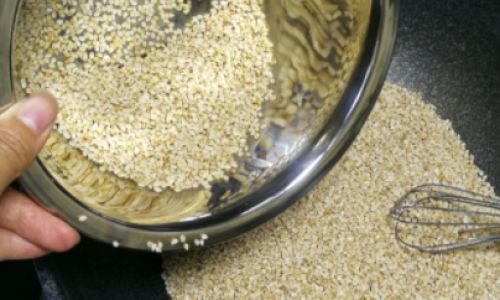
Equipment Needed:
- Heavy-bottomed skillet or frying pan (cast iron or stainless steel works best)
- Wooden spoon or spatula
- Baking sheet (for cooling)
Step-by-Step Guide:
- Heat the Pan: Place the dry skillet over medium-low heat. Allow it to warm for 2–3 minutes.
- Add Seeds: Pour 1–2 cups of sesame seeds into the pan. Adjust quantity based on pan size to avoid overcrowding.
- Stir Continuously: Use a wooden spoon to stir the seeds constantly. This prevents hotspots and ensures even roasting.
- Monitor Aroma and Color: After 3–5 minutes, the seeds will emit a toasty aroma and begin to turn golden. White seeds will lighten slightly before darkening, while black seeds deepen in color.
- Test for Doneness: Remove a few seeds and let them cool. They should be crisp, not soft, and exhibit a nutty flavor.
- Remove from Heat: Once done, transfer the seeds immediately to a baking sheet to cool. Leaving them in the hot pan can result in over-roasting.
Pro Tips:
- Low and Slow: High heat risks burning. Stick to medium-low.
- Listen Carefully: A gentle crackling sound indicates proper roasting.
2 Oven Roasting: For Large Batches
The oven method is perfect for roasting larger quantities with minimal effort.
Equipment Needed:
- Baking sheet
- Parchment paper (optional, for easy cleanup)
- Oven mitts
Step-by-Step Guide:
- Preheat the Oven: Set to 350°F (175°C).
- Prepare the Baking Sheet: Line with parchment paper or leave unlined.
- Spread Seeds Evenly: Distribute 2–3 cups of seeds in a single layer. Avoid clustering.
- Roast: Place the sheet in the oven. Roast for 8–12 minutes, stirring every 3 minutes with a spatula.
- Check for Doneness: Seeds should be golden brown with a rich aroma.
- Cool Promptly: Transfer to a plate or bowl to halt cooking.
Pro Tips:
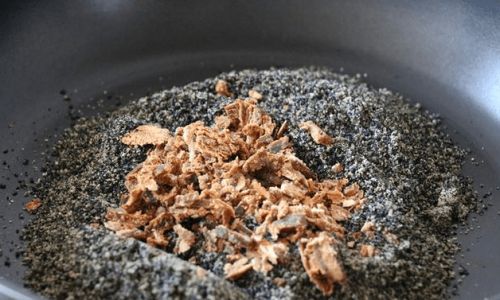
- Even Roasting: Stirring prevents the edges from burning.
- Oven Racks: Position the baking sheet in the middle rack for balanced heat.
3 Microwave Roasting: The Quick Fix
While unconventional, the microwave offers a rapid alternative, though it requires vigilance.
Equipment Needed:
- Microwave-safe plate
- Spatula
Step-by-Step Guide:
- Spread Seeds: Place ½–1 cup of seeds on a microwave-safe plate in a thin layer.
- Microwave on High: Start with 1 minute. Stir, then microwave in 30-second intervals.
- Monitor Closely: Seeds can burn in seconds. Stop when they emit a nutty aroma and turn golden.
- Cool Immediately: Transfer to a bowl to prevent overcooking.
Pro Tips:
- Power Levels: Some microwaves roast unevenly; reduce power to 80% if needed.
- Small Batches: Avoid overcrowding to ensure even heating.
Chapter 4: Mastering the Perfect Roast
1 Signs of Doneness
- Color: Golden-brown for white seeds; deep brown for black seeds.
- Aroma: A warm, nutty scent without bitterness.
- Texture: Crisp when cooled.
2 Common Pitfalls and Solutions
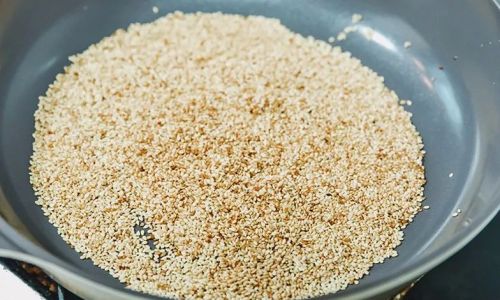
- Burnt Seeds: Overheating or lack of stirring. Lower the heat and stir more frequently.
- Uneven Roasting: Overcrowding the pan or oven. Use a larger pan or roast in batches.
- Under-Roasting: Insufficient heat or time. Increase temperature slightly or extend cooking time.
3 Storage Tips
- Airtight Containers: Store roasted seeds in glass jars or resealable bags.
- Cool, Dark Place: Avoid sunlight and humidity to prevent rancidity.
- Shelf Life: Roasted seeds last 3–4 months; refrigerate for longer storage.
Chapter 5: Creative Culinary Applications
Roasted sesame seeds are a kitchen chameleon, enhancing both sweet and savory dishes.
1 Savory Uses
- Garnishes: Sprinkle over salads, soups, or stir-fries.
- Sauces and Dressings: Blend into tahini for hummus or mix with soy sauce for a dipping sauce.
- Coatings: Press onto fish or chicken before baking for a crispy crust.
2 Sweet Treats
- Baking: Fold into cookies, granola bars, or bread dough.
- Toppings: Adorn cakes, muffins, or ice cream.
- Energy Bites: Mix with dates, nuts, and honey for no-bake snacks.
3 Beyond the Kitchen
- Skincare: Ground roasted seeds make an exfoliating scrub when mixed with honey.
- Oil: Press roasted seeds for aromatic sesame oil, used in marinades and massages.
Chapter 6: Cultural Significance
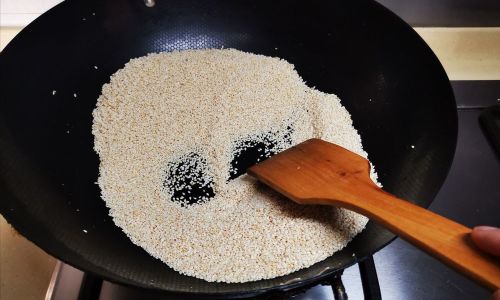
Sesame seeds hold symbolic weight in global cuisines. In Japanese cuisine, goma (sesame) is integral to dishes like gomaae (spinach with sesame dressing). Middle Eastern cuisine celebrates tahini, while Indian cooking uses sesame in til ladoo (sweet balls). Roasting sesame seeds is not merely a culinary technique but a cultural ritual, connecting generations through shared flavors.
Conclusion
Roasting sesame seeds is a microcosm of culinary artistry—a blend of science, intuition, and tradition. Whether you prefer the stovetop’s immediacy, the oven’s consistency, or the microwave’s speed, the key lies in patience and attention. Master this technique, and you’ll unlock a world of flavor, transforming simple seeds into golden gems that elevate every dish. So, heat your pan, gather your seeds, and embark on a journey that bridges ancient tradition and modern creativity. Your taste buds—and your recipes—will thank you.

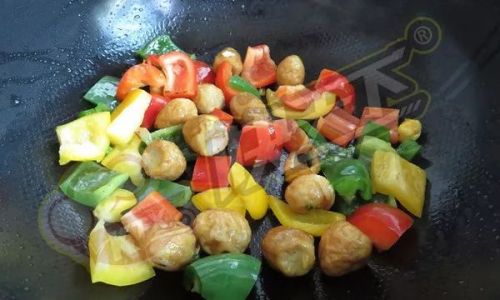
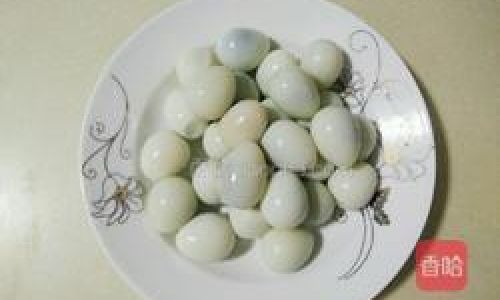
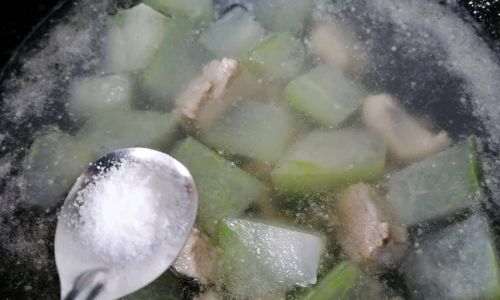
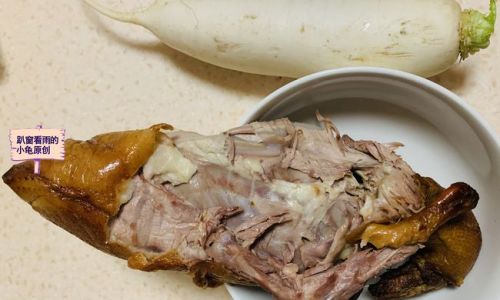

0 comments